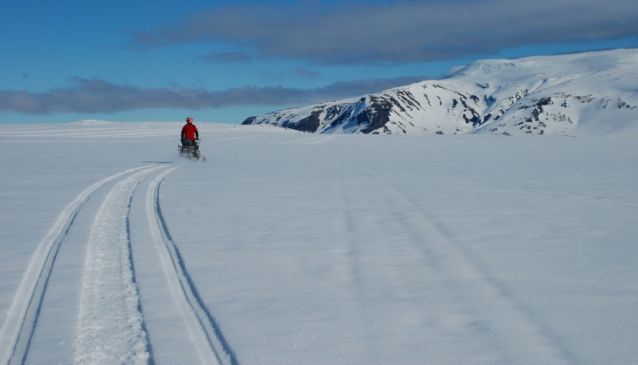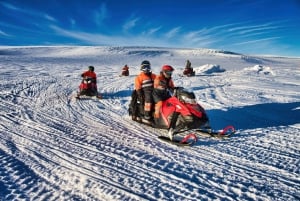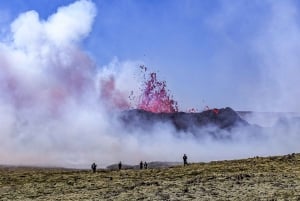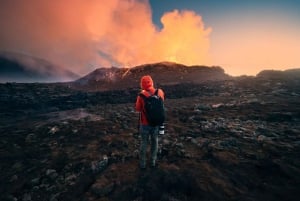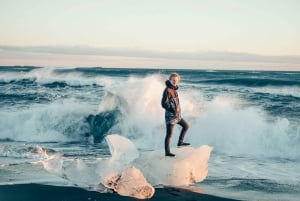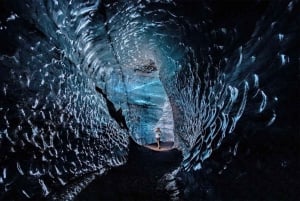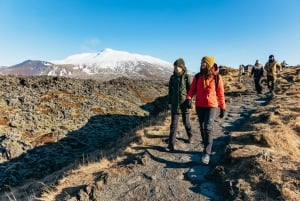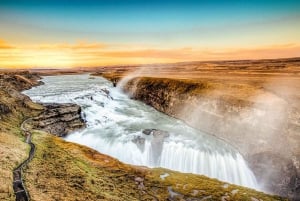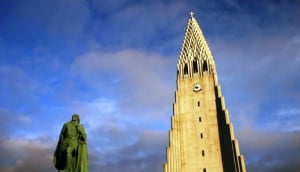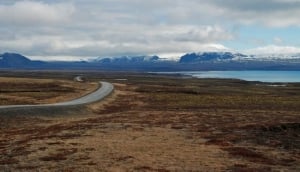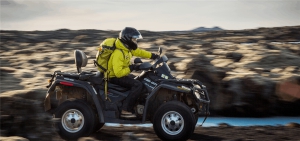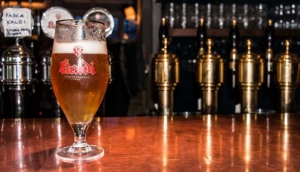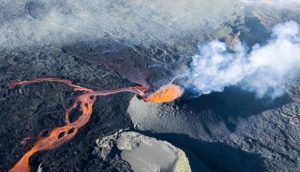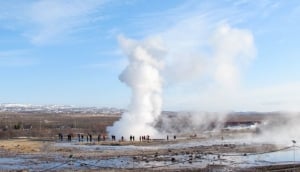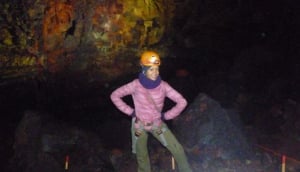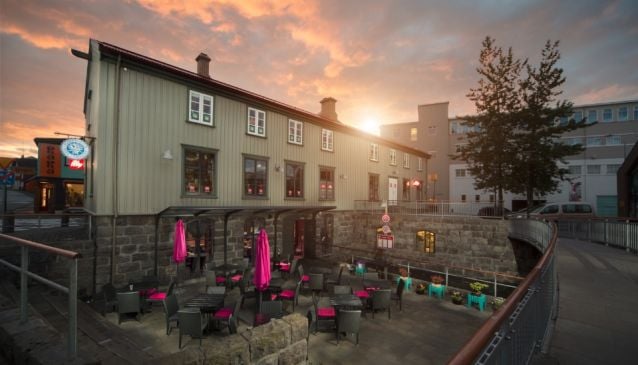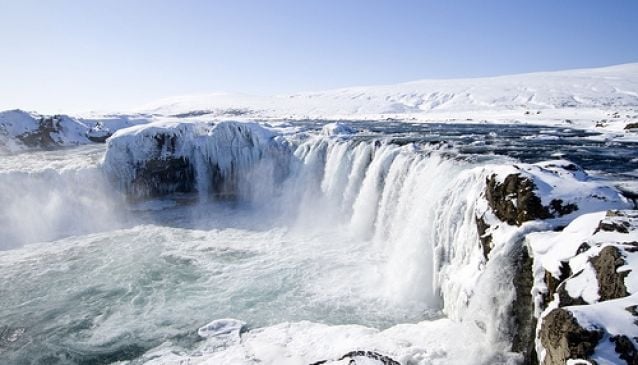Of Ice and Men
Once you've got the hang of it, moving along a glacier feels very surreal indeed
Book Top Experiences and Tours in Reykjavik:
If youʻre booking your trip to Reykjavik last minute, we have you covered. Below are some of the top tours and experiences!- Reykjavík: Whale Watching and Marine Life Cruise
- Reykjavik: Golden Circle Super Jeep and Snowmobile Tour
- Reykjavik: Roundtrip Bus Transfer to the Blue Lagoon
- Reykjavik: Sky Lagoon Entrance Pass With 7-Step Spa Ritual
- From Reykjavik: Golden Circle, Kerid, & Secret Lagoon Tour
Iceland is a land of contrasts. It combines the vibrancy of its population with the wisdom of its land, the motion of its rivers with the quiescence of its mountains, the hedonism of Reykjavik nightlife with the conservatism of its natural resources, and the kaleidoscopic dance of the Northern Lights with the bleak canvas of an overcast day, the default setting for weather in Iceland. Indeed, this is an island that is very much alive, yet at the same time fast asleep.




The difference between the two isnât just represented by their conflicting temperatures, however. Icelandâs volcanoes are as active as they ever have been, a fact of which the entire world was reminded in 2010 when one of them decided to sneeze, releasing an ash cloud that reached around the globe and caused chaos along the way. Their frozen counterparts, however, do not share this vitality, which makes them something of a precious commodity.
Iâd been expecting to spend the entirety of my stay in the capital city, but soon understood that this is a metropolis as much about its surroundings as it is about itself, which is why there are so many Reykjavik excursions that convey visitors from their urban environs to a dazzling wilderness with astonishing rapidity. The most popular jaunt is that which tours the Golden Circle, but there are plenty of other outings which take in the islandâs full breadth, from the depths of the seas that surround it to the ceiling of the skies above.


Once youâve got the hang of it, moving along a glacier feels very surreal indeed. All sense of scale and relativity is lost; 50 kilometres per hour feels like a gentle stroll, and a distance of a few inches turns out to be 100 feet. It presents a similar physical paradox to walking on a treadmill, moving towards something yet never getting any closer, and in doing so it becomes an effortless and graceful motion, akin to sliding across lemon sorbet or a ginormous tub of vanilla ice cream. If someone had brought some chocolate sauce and sprinkles, I may just have plunged in...
Before I had chance to indulge too deeply in my chilly Willy Wonka fantasy, however, we arrived at our destination: a cyan precipice protruding severely from its lusciously smooth surroundings. Closer inspection revealed the wall of torn ice to be sweating profusely, shedding droplets like an armpit during a squash match, allowing itself to be slowly claimed by its foes. This was glacial recession in action, yet for all of its tragedy it exuded an undeniably stupendous beauty, at once delicate and fragile but concurrently representative of an almighty strength.

I became very suddenly aware of myself in this moment, and the manner in which I had gotten here. I had presented Mother Nature with the very man-made creations that are sapping her vivacity all over the world, and had even had the audacity to park it at the foot of one of her open wounds. But tourism isnât the force that is harming this environment; instead, tours like this are raising awareness and understanding of the vulnerability of our planet, which is a reflection of the broader attitude that pervades the countryâs population.




